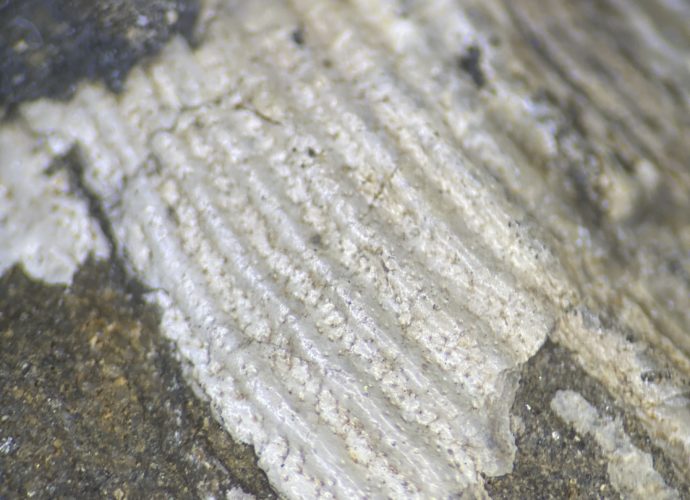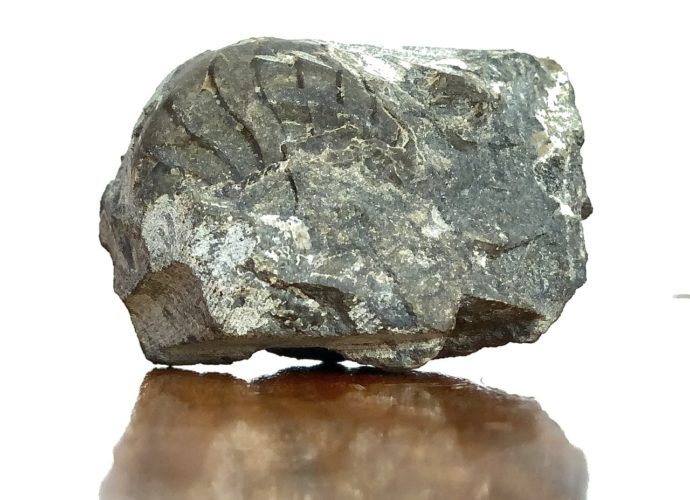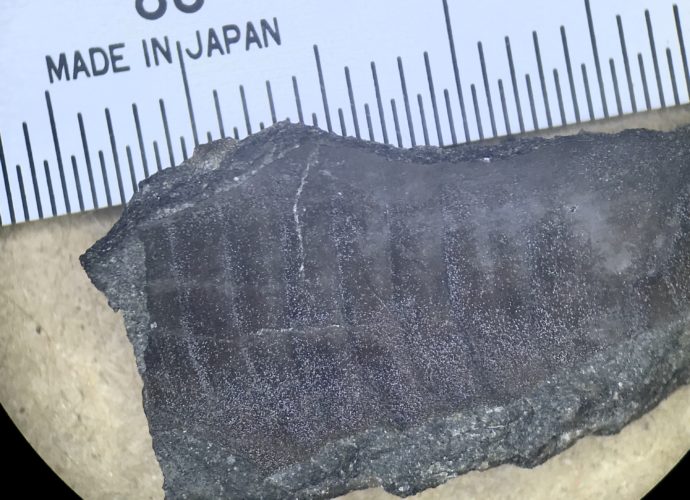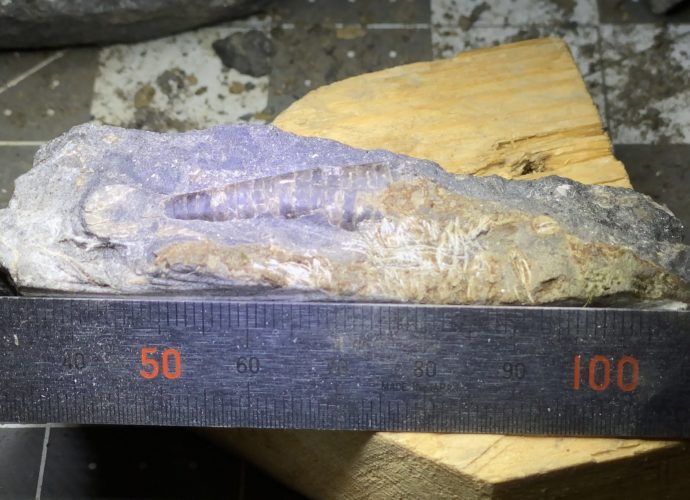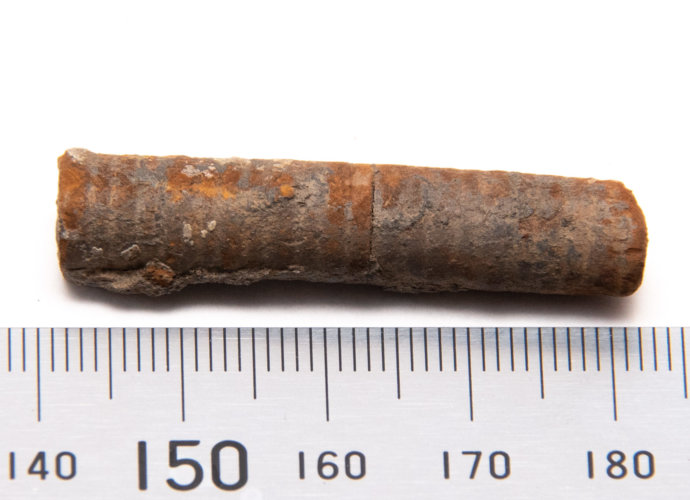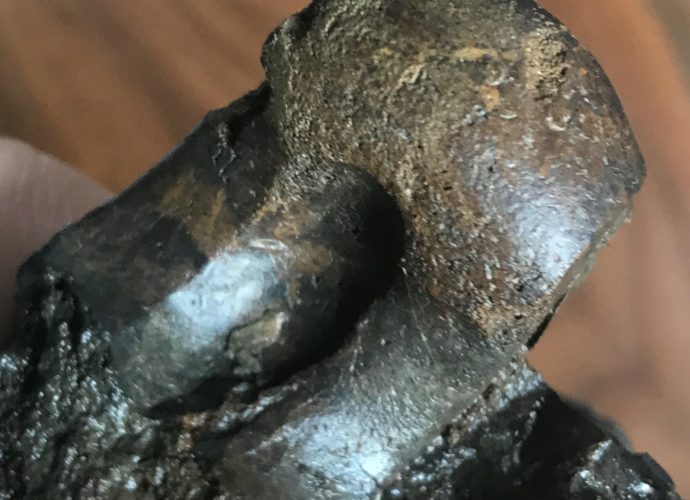Bornite on Shale
Bornite, also known as Peacock ore, is a mineral that tarnishes to different colors, ranging from blue, yellow, and purple. This is the first sample of it I have found locally, right in my local shale pile. I have a feeling that I will be finding more of it nowRead More →



